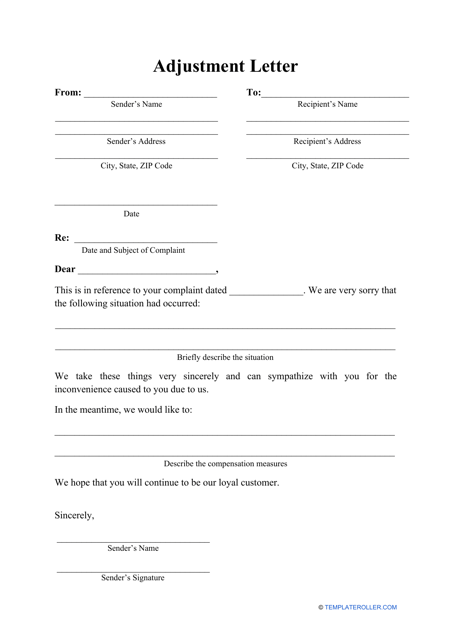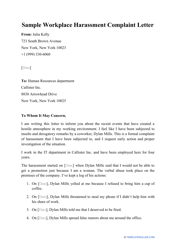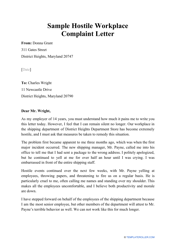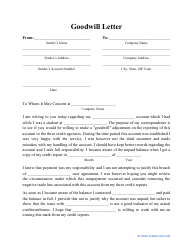Adjustment Letter Template
What Is an Adjustment Letter?
An Adjustment Letter is a document that can be used as a formal response to a complaint. The purpose of the document is to inform the complainant that their claim has been accepted and that the receiver of the complaint is taking appropriate actions to fix the situation. For example, it can be used as a response to a customer complaint about the quality of the services they have received.
Alternate Name:
- Letter of Adjustment.
Adjustment letters are a convenient instrument that allows its sender to explain themselves, provide justification of their actions, or simply apologize for causing troubles. An Adjustment Letter template is available for download below.
Sometimes a Letter of Adjustment is confused with a Goodwill Adjustment Letter. These two letters serve completely different goals. While the Adjustment Letter helps senders respond to the claim they have received, a Goodwill Letter helps its sender to remove negative marks from their credit history. It is supposed to be used by borrowers when they want their creditor to delete delinquencies from the borrower's credit score.
How to Write an Adjustment Letter?
Writing an Adjustment Letter in a response to a customer's complaint can increase the goodwill of the business and improve their relationship with clients. The document can contain several parts, which include the following:
- Information About the Sender. In the first part of the document, the sender is required to designate their name and address.
- Information About the Addressee. Here, the sender must designate the name and the address of the complainant.
- The Date. An Adjustment Letter must always include a date when it was written. It will confirm that the content of the document is valid and current.
- The Subject of the Letter. The sender can use this section of the letter to state its subject. Generally, it should not be longer than one line and can summarize the contents of the letter.
- Introduction. This part of the letter should start with an opening greeting, followed by the sender referring to the complaint they received from the addressee. Here, the sender can thank the addressee for their complaint, accept it (or reject it), and indicate that they understand the inconvenience they have caused.
- The Appropriate Changes. If the sender has accepted the complaint, they can use this part of the document to apologize for any inconvenience they have caused to the addressee of the letter. In addition to this, they can describe what kind of improvements they have made in order to avoid similar complaints in the future.
- Conclusion. Senders can use this section of the document, to express their hopes that the changes will help to improve the situation. Additionally, they can write they are looking forward to seeing the addressee again, and if they have any further questions they should not hesitate and contact them.
- Signature. At the end of the letter, the sender must put their signature. By doing this, they will verify that everything written in the letter is true and correct.
Haven't found the template you're looking for? Take a look at the related templates and samples below:







